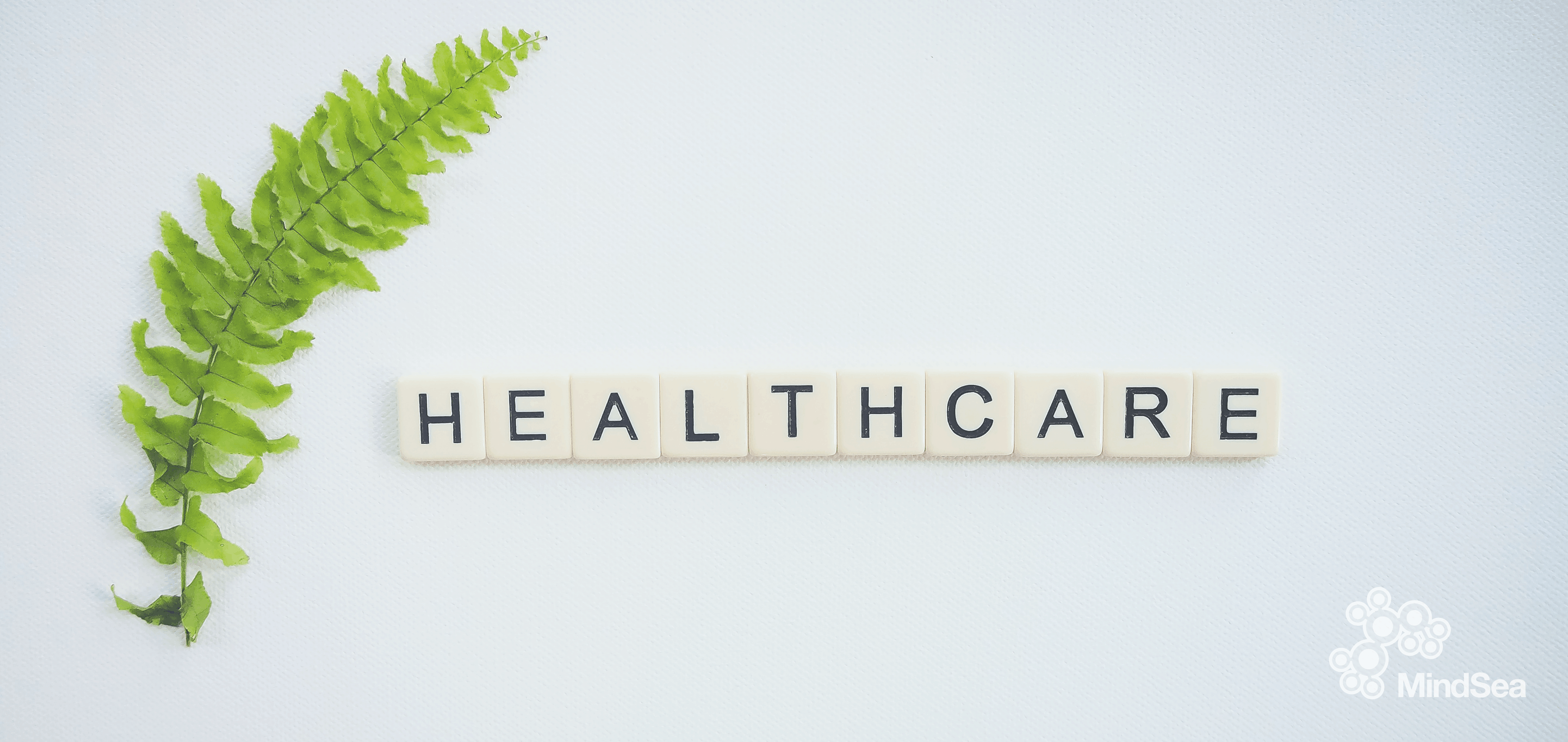From meditation apps to wearable fitness trackers, there are so many ways that mobile technology is improving our lives day in and day out. The benefits range from cheaper, quicker medical assistance and medication delivery to simplified data collection for medical practitioners—in other words, greater convenience for patients and healthcare providers alike.
But it’s the data on mobile healthcare apps that’s most impressive—over 318,000 health apps are now available in the top app stores worldwide, with more than 200 apps added each day.
So what does it mean?
It means that mobile healthcare is here, and it’s showing no signs of slowing down.
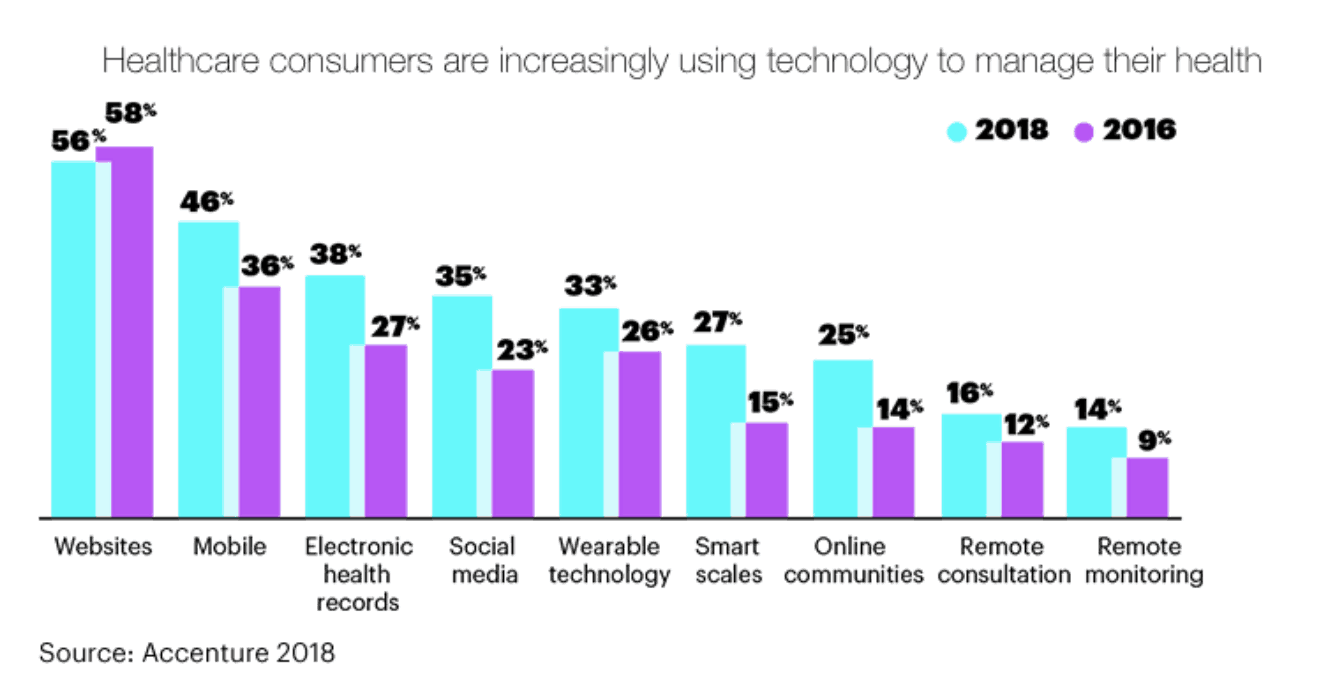
If you look at the technology available, you’ll see that there are apps covering nearly every step of the patient’s journey, from prevention to diagnosis, from doctor’s visits to prescription refills.
In this post, we’re going to look at a few examples of how mobile technology is strengthening doctor-patient relationships, reducing costs and improving healthcare for patients globally.
Let’s dive in.
Providing A Practical Tool In The Midst Of A Crisis
One of the biggest benefits of apps is how accessible they are—anyone with a smartphone and an internet connection can download an app. Apps are practical. Want to find your way to the nearest laundromat? Download Google Maps. Want dinner delivered? Download Postmates… and so on.
But healthcare apps aren’t just practical—they can also be lifelines in a crisis.
A fitting example is the BeyondNow app, a tool for people with mental health disorders and suicidal thoughts. The app, which was launched by Beyond Blue in partnership with Monash University in 2016, offers a safety plan for people in crisis.
When users experience suicidal thoughts, they can reference the safety plan they created through the app, including warning signs, coping strategies, reasons for living and ways to make their environment safe.
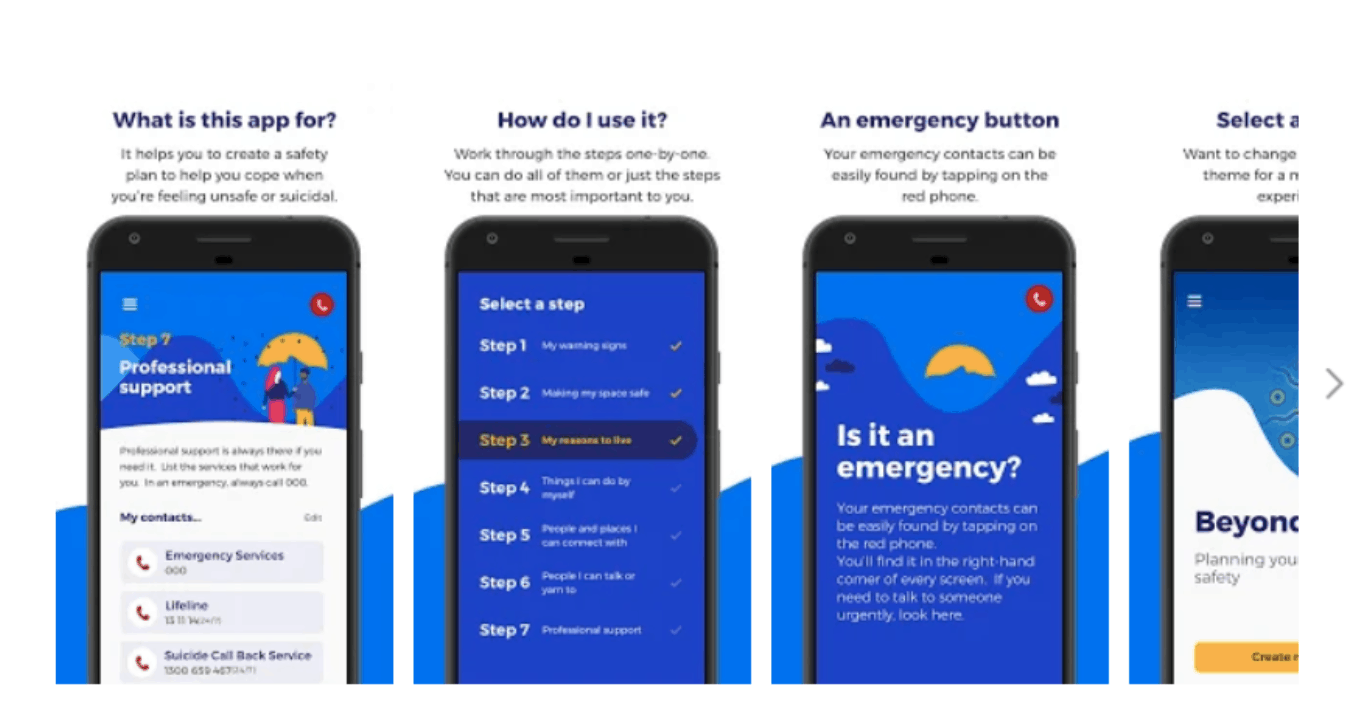
With over 450 million people currently living with mental health conditions, this innovative technology is obviously filling a huge need—possibly even saving lives. Apps like Beyond Now are reducing the stigma around mental health and giving more power to the patient.
Improving The Diagnostic Process & Preventing Mistakes
While medical care practitioners are certainly dedicated people, they are just that—people. Unfortunately, that means fatal errors are common.
According to research by Johns Hopkins, medical errors take the lives of over 250,000 people in the U.S. every year. In fact, medical errors are the third leading cause of death after heart disease and cancer.
That’s where apps like Isabel and Figure1 come in.
Isabel helps overstretched clinicians by providing faster and more accurate diagnoses—therefore leading to the right treatments. Figure1 allows doctors to view and discuss real-world medical cases with other healthcare professionals from every specialty.
Both apps are helping doctors avoid preventable mishaps and ensure better patient care.
Enabling Medical Assistance In An Emergency
Can mobile technology help people in remote areas? The answer is yes.
An example of this is Australia’s Emergency + app, which can reach folks even in the far reaches of the Outback. While city-dwellers can expect an ambulance in minutes, the same isn’t true for people living in the Outback, which constitutes 70% of the country.
Developed by the government in partnership with the Royal Flying Doctor Service (RFDS), the Emergency + app uses GPS to display the phone’s exact location so callers can tell emergency operators where they are.
Integrating geo-location into healthcare apps has brought a new dimension to the industry—for people unfamiliar with their surroundings or flustered in an emergency, having their exact location provided can literally be a lifesaver.
Allowing Patients To Compare Prices & Save Money
Pharmaceuticals represent a significant share of every country’s healthcare spending. In fact, the prices of many drugs are rising much faster than inflation. Fortunately, this is one area where healthtech companies are helping people save big!
Apps like GoodRX allow patients to compare prescription drug prices, get coupons and save up to 80% on their meds. Since GoodRX launched in 2011, the company has helped people save more than $9 billion in prescription drug expenses.
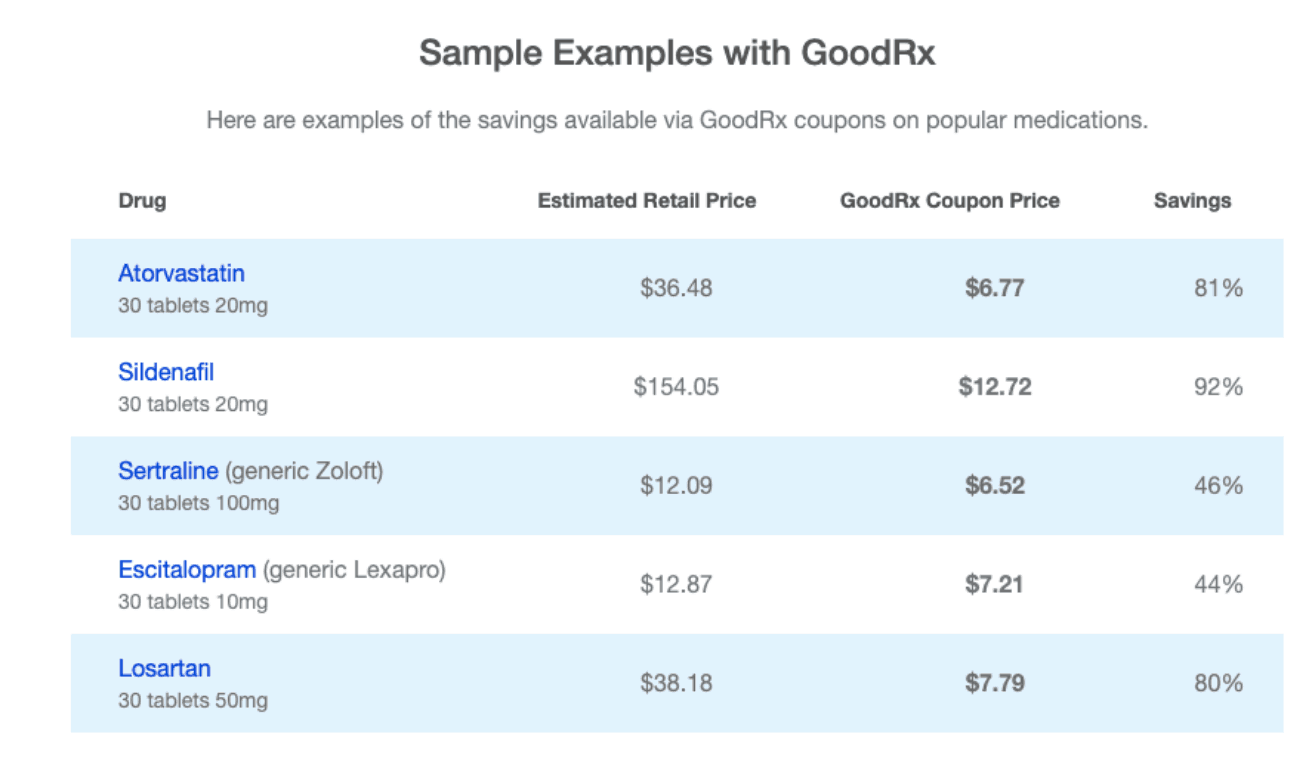
Consistently ranked #1 in the medical category in the Apple App Store and Google Play, this app is obviously solving a critical user pain point.
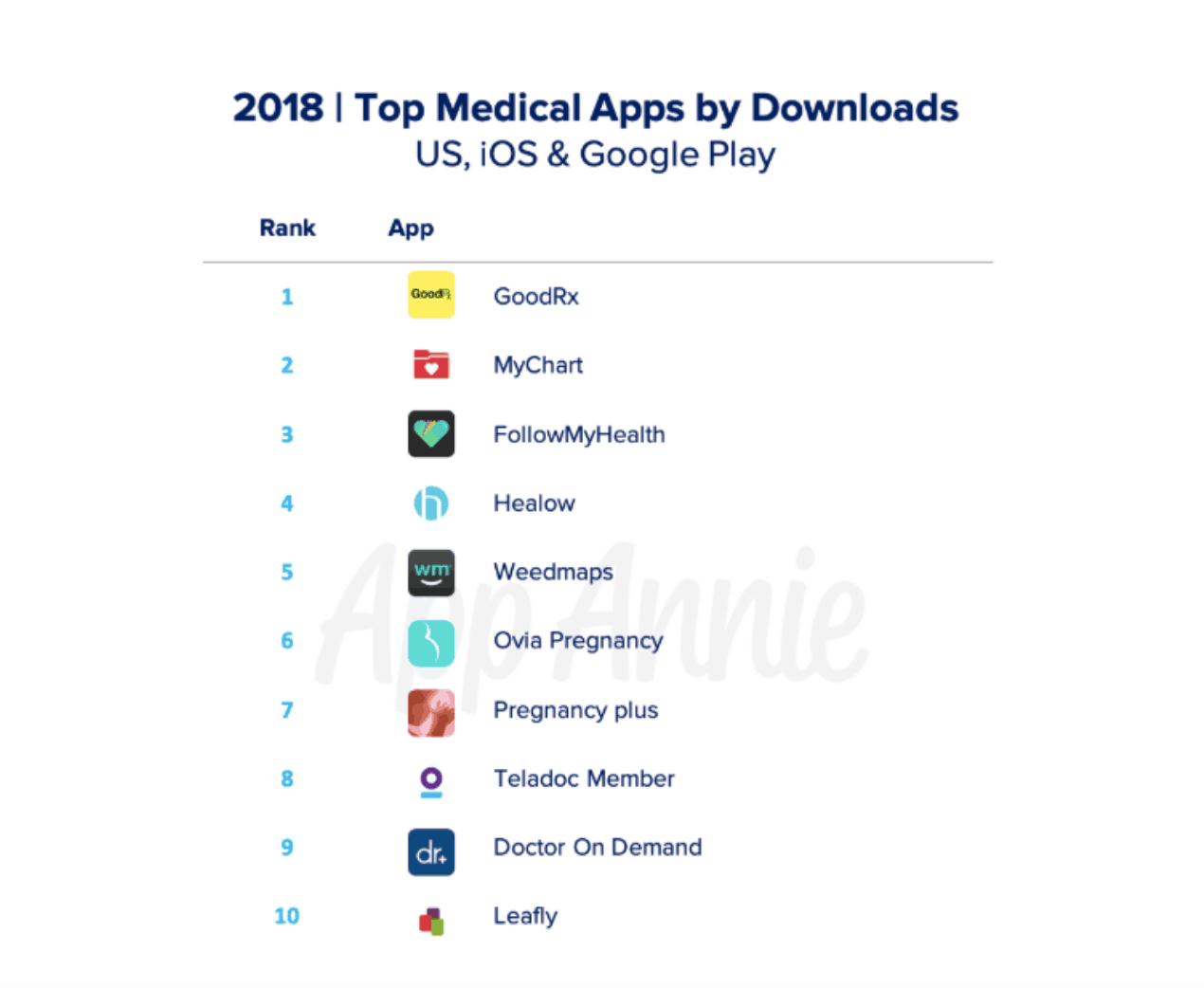
Wrapping It Up
From booking a doctor’s appointment to picking up prescriptions, it seems like there’s no area of healthcare that’s untouched by mobile apps. Yet the data says the market is ripe for more—there are still gaps to be filled!
Thinking of building your own healthcare app? Before you make the leap, you should know a few things: The majority of mHealth app publishers generate fewer than 5,000 downloads annually for their entire portfolios, and only 15% achieve 50,000–250,000 downloads. Also, building such a healthcare app is not cheap—but the future rewards can greatly outweigh your investment.
You’ll find success in the mHealth market only by designing a customer-centric, HIPAA-compliant app. That’s why getting a grasp on everything you need to know up front and working with an app development company you can trust is crucial.
At MindSea, we understand the importance of creating secure, HIPAA-compliant apps and have partnered with companies to build world-class health apps that are downloaded by millions. Get in touch with us today if you’re looking to build the next ground-breaking mobile healthcare app.
